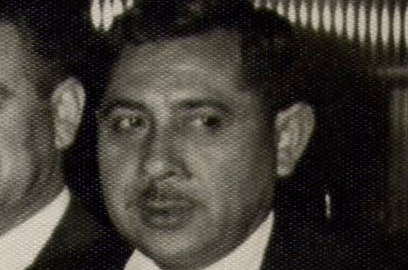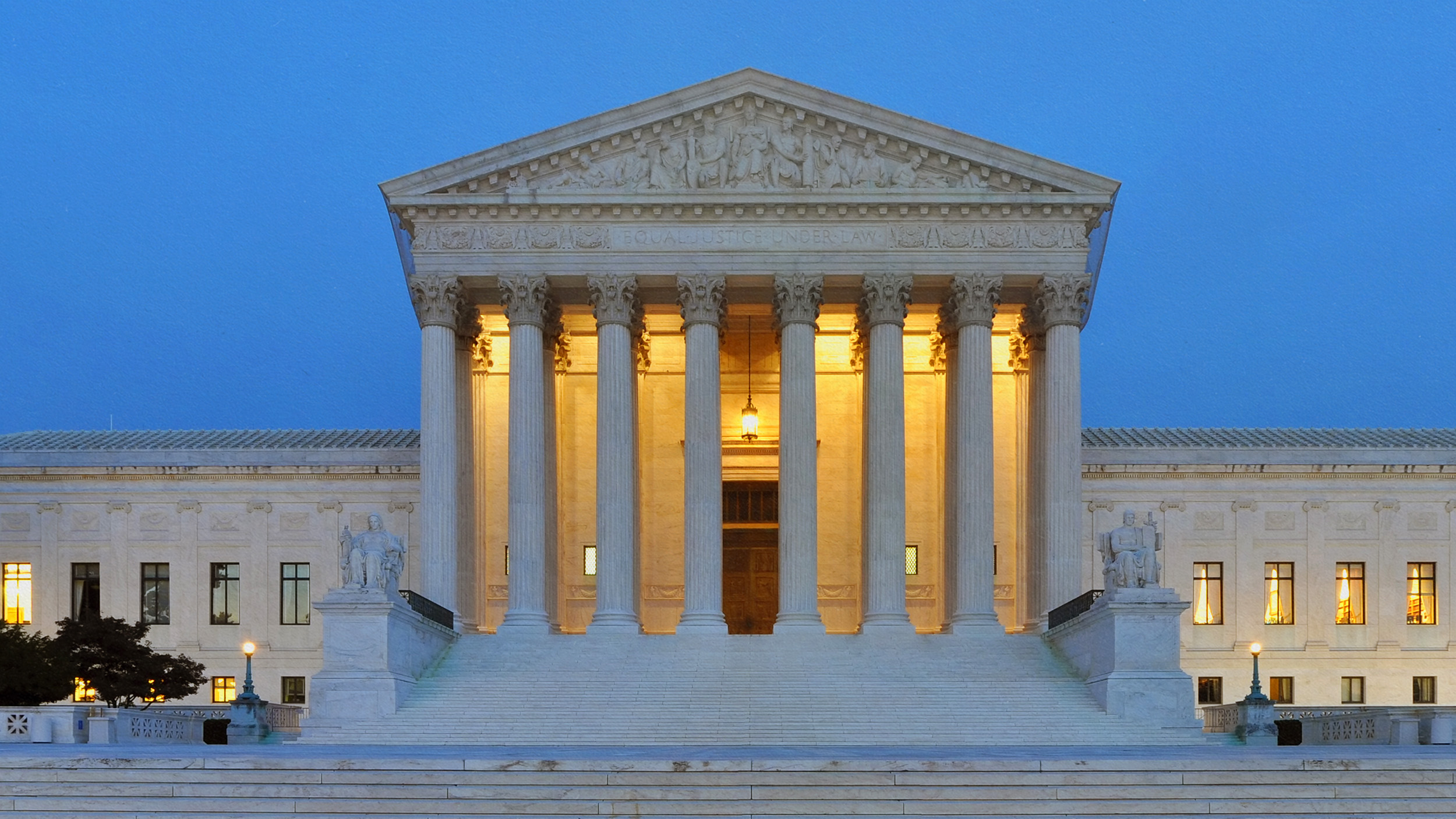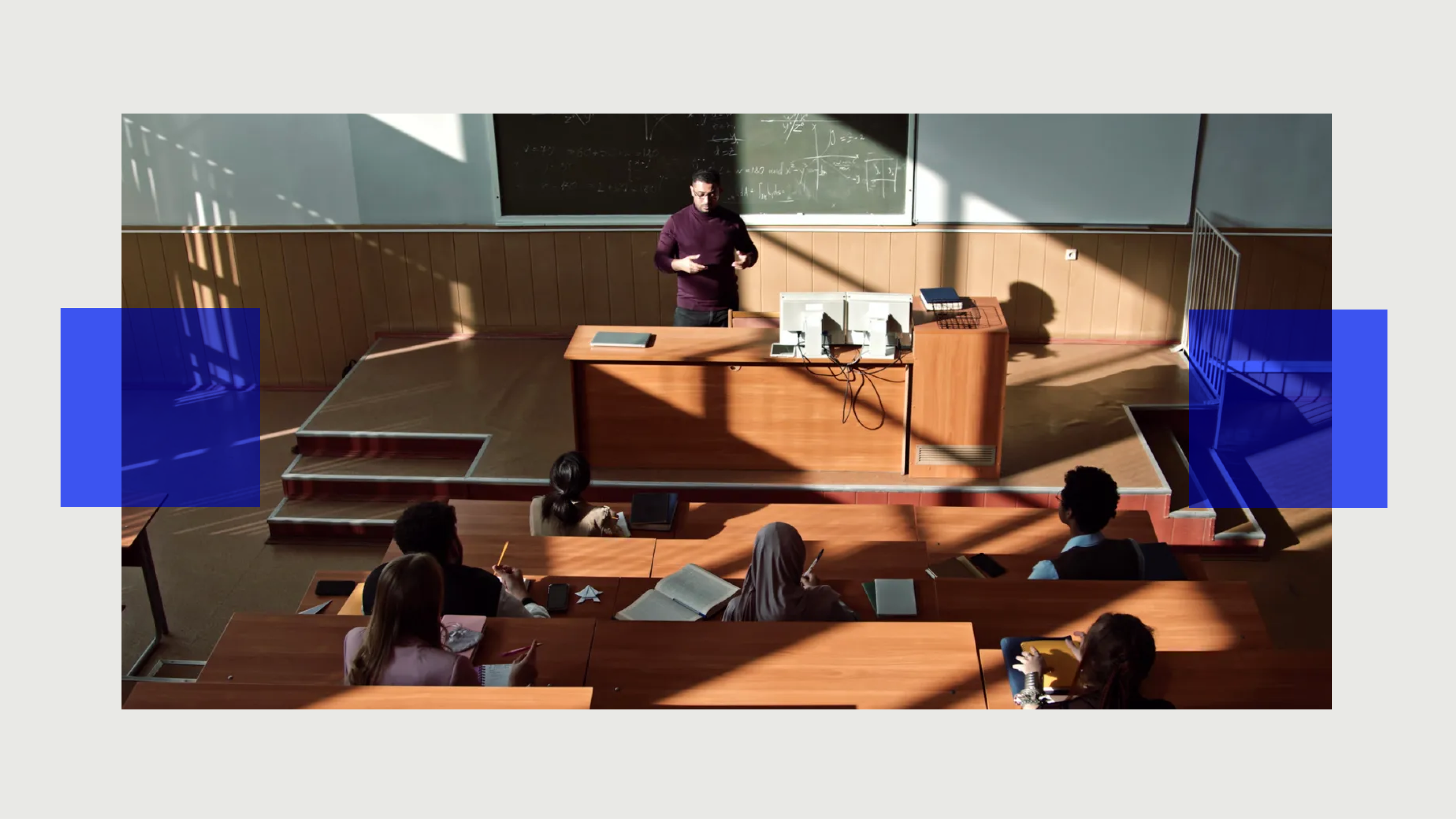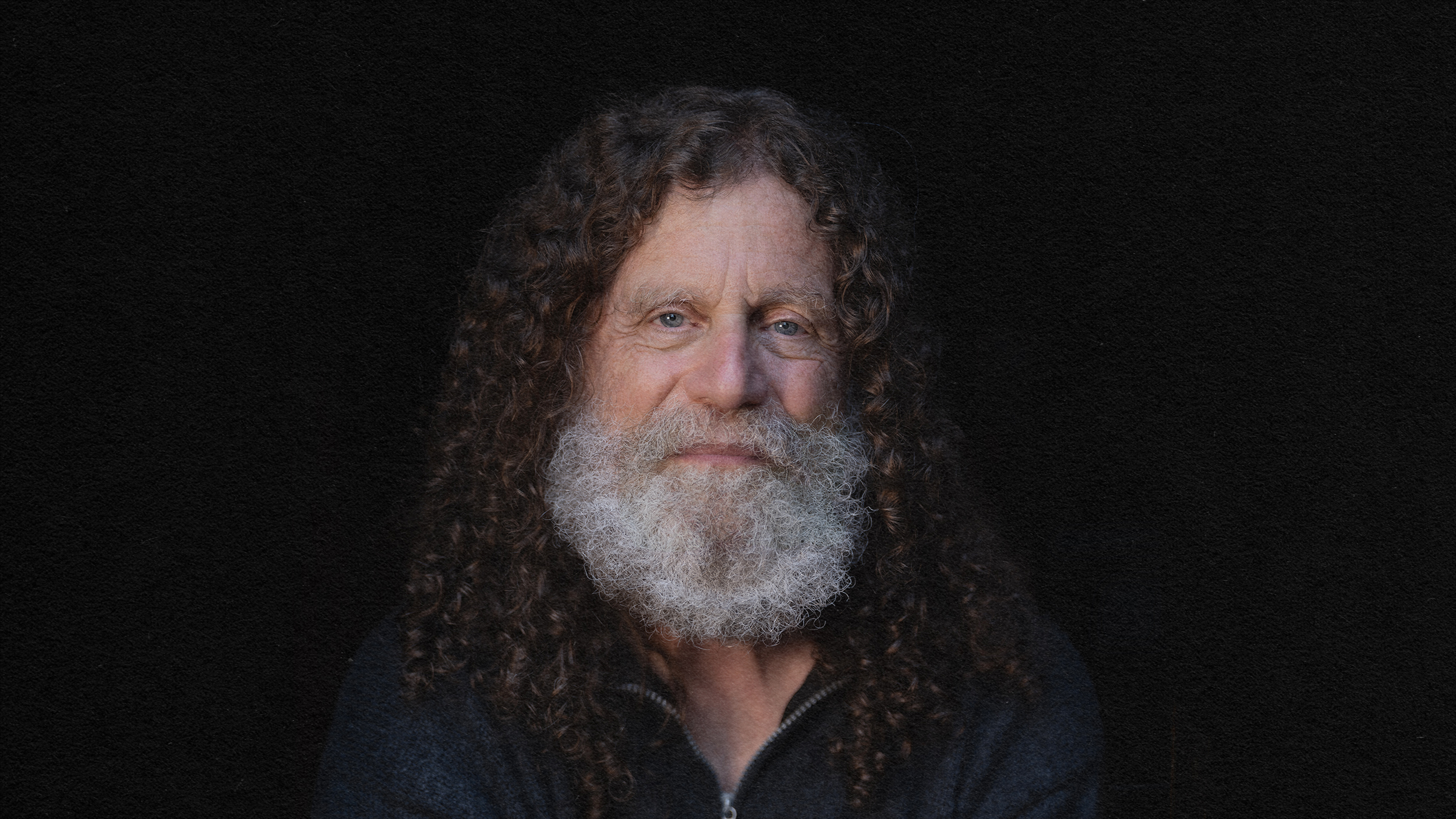Did the Supreme Court Turn Miranda Upside Down?

You have the right remain silent. But now, according to a new Supreme Court decision, if you want to exercise your right to remain silent, you’re going to have to tell someone.
The right to remain silent—and the iconic “Miranda warning” the police read suspects—was spelled out in the Supreme Court’s 1966 decision in Miranda v. Arizona. At issue was whether Ernesto Arturo Miranda’s signed confession that he kidnapped and raped an 18 year-old woman should be admissible in court given that Miranda didn’t realise he had the right to remain silent, or that he had a right to have a lawyer present at his interrogation, or even that anything he said during his interrogation could be used as evidence against him in court. Under the Fifth Amendment, of course, no on can be “compelled in any criminal case to be a witness against himself.” In a 5-4 decision, the Supreme Court ruled that the police couldn’t use the fact that Miranda didn’t realize he couldn’t be forced to talk to bully him into talking. The Court ruled, in other words, that his right to remain silent would be meaningless if the police let him believe that he didn’t have that right. The Court therefore decided that “The person in custody must, prior to interrogation, be clearly informed that he has the right to remain silent, and that anything he says will be used against him in the court of law; he must be clearly informed that he has the right to consult with a lawyer and to have the lawyer with him during interrogation, and that, if he is indigent, a lawyer will be appointed to represent him.”
The Miranda decision was controversial at the time, with several justices arguing that there was no constitutional basis for requiring that people in custody be informed of their rights, as well as concerned that it would make it difficult for the police to convict criminals. Richard Nixon famously denounced the decision and promised was president to appoint “strict constructionists” to the court. In fact, studies have shown that Miranda warnings have generally had little effect on whether suspects demand an attorney. Ernesto Miranda himself was ultimately convicted after a getting a new trial. The Miranda decision survived a challenge but was reaffirmed in 2000 in Dickerson v. United States, with only Justices Scalia and Thomas dissenting.
The issue has come up again lately, with some conservatives saying we shouldn’t Mirandize terrorism suspects like Times Square bomber Faisal Shahzad or underwear bomber Umar Farouk Abdulmutallab. In fact, both Shahzad and Abdulmutallab continued to provide interrogators information after being informed of their rights. As I’ve argued, Miranda warnings don’t provide suspects any magical protection against interrogation. In the words of Ali Soufan, who was in charge of the FBI’s investigation of the attack on the USS Cole, “Whether suspects cooperate depends on the skill of the interrogator and the mindset of the suspects—not whether they’ve been told they can remain silent.”
Now, however, if you don’t want to testify, you’ll have to say so. Under the Miranda ruling, the police have to stop interrogating any suspect who invokes their right to remain silent. Continuing to browbeat suspects who have indicated their desire to not to give evidence against themselves is considered a form of coercion. But on Tuesday, the Supreme Court ruled 5-4 in Berghuis v. Thompkins that simply refusing to answer questions does not by itself require the police to give up their interrogation. The case involved Van Chester Thompkins, who was under arrest for shooting two men—one of whom died—outside a mall in Michigan. Thompkins refused to answer police questions about the shootings for nearly three hours when police asked him if he “prayed to God to forgive him for shooting that boy down?” and he answered yes. Although he refused to say any more or sign a confession, that one word answer was enough to convict him of first degree murder.
Writing for the majority, Justice Kennedy said that a suspect that who wants to invoke their right not to be questioned must do it unambiguously. “Thompkins did not say that he wanted to remain silent or that he did not want to talk to police,” Kennedy wrote. ”Had he made either of these simple, unambiguous statements, he would have invoked his ‘right to cut off questioning.’ Here he did neither, so he did not invoke his right to remain silent.” Supreme Court nominee Elena Kagan, who argued the case for the government, told the Court that the Constitution “does not require that the police interpret ambiguous statements as invocations of Miranda rights.’ Scott Burns, the executive director of the National District Attorneys association praised the decision for taking the guesswork out of when police have to stop interrogating suspects, saying “‘Is it too much to ask for a criminal suspect to say he doesn’t want to talk to police?”
In her dissenting opinion—joined by Justices Stevens, Breyer, and Ginsburg—Justice Sotomayor said the decision “turns Miranda upside down.” The problem, Sotomayor wrote, is that “Criminal suspects must now unambiguously invoke their right to remain silent—which counterintuitively, requires them to speak. At the same time, suspects will be legally presumed to have waived their rights even if they have given no clear expression of their intent to do so.” Thompkins had, after all, refused to answer any direct questions about the crime, before responding to what amounts to a trick question after hours of questioning. And as Steven Shapiro, the legal director of the American Civil Liberties Union told the Los Angeles Times, the case “demonstrates the power of custodial interrogation to wear down the defendant’s willpower, which is what Miranda was designed to prevent.”
But while I am concerned that the Supreme Court under Chief Justice Roberts seems to be steadily eroding our civil rights—and it’s certainly worth thinking very carefully about what constitutes police coercion—it’s not clear that this ruling is a real miscarriage of justice. Murder suspects should face hard questions. And the police should not have to guess whether a suspects actions constitute an implicit lack of consent to be questioned. It’s not as if Thompkins is being jailed for a crime he didn’t actually commit. And he could, after all, have exercised his right to actually remain silent if he had chosen to. What he didn’t do—and probably didn’t even understand he had to do—was clearly invoke his right not to be subject to further questioning. That, at least, is something he should have been given every opportunity to do.





